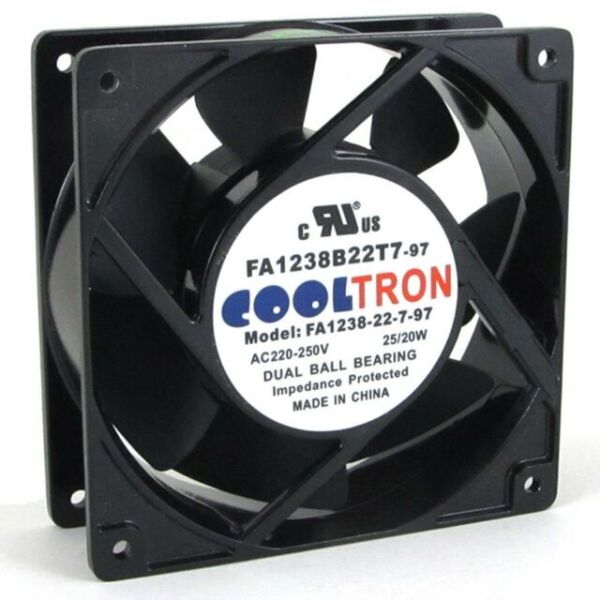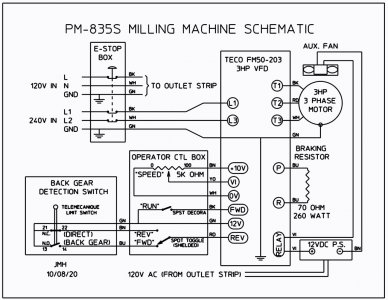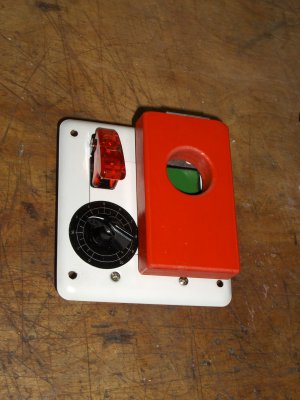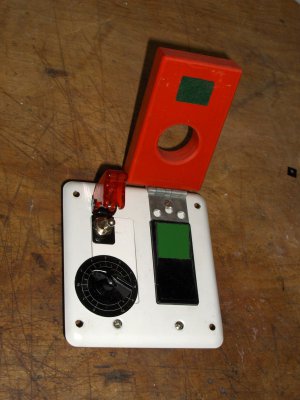- Joined
- Feb 17, 2013
- Messages
- 4,406
Lots of folks will tell you that a 3 phase motor can have problems when run at less than full speed, because the internal fan isn't running fast enough for good cooling. I’ve been thinking about adding an external fan - possibly a 12 volt computer fan - atop the 3 phase motor on my mill. But, being lazy, I didn’t want to have to bother with turning it on and off every time. Gotta be a better solution!
I had a wild hair last night and checked it out today. Among the parameters available on a TECO VFD is #21, which sets the function of the “Relay” terminals (the first two screws on the left side of the low voltage terminal strip). The default value is 3, which turns on the relay if there’s a fault. I reset it to 2, “Motor is up to speed.” The contacts are open when the motor is not turning, closed when it’s at the set speed, and open again when the motor has stopped (exact timing depends on ramp-up and ramp-down times). So I can wire this switch between a 12 volt power supply and a fan. Problem solved!!!
I had a wild hair last night and checked it out today. Among the parameters available on a TECO VFD is #21, which sets the function of the “Relay” terminals (the first two screws on the left side of the low voltage terminal strip). The default value is 3, which turns on the relay if there’s a fault. I reset it to 2, “Motor is up to speed.” The contacts are open when the motor is not turning, closed when it’s at the set speed, and open again when the motor has stopped (exact timing depends on ramp-up and ramp-down times). So I can wire this switch between a 12 volt power supply and a fan. Problem solved!!!





